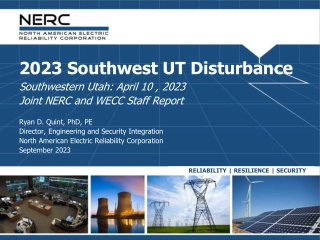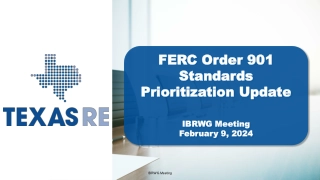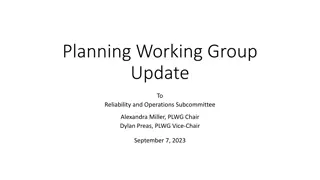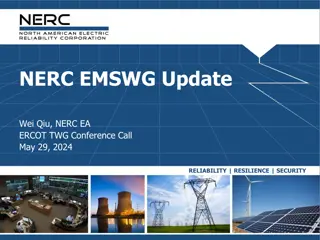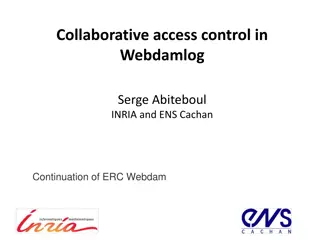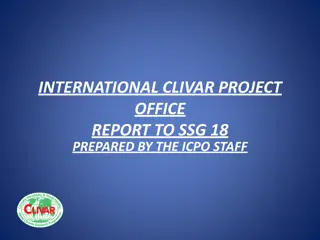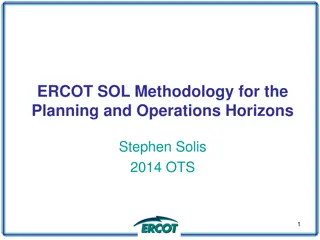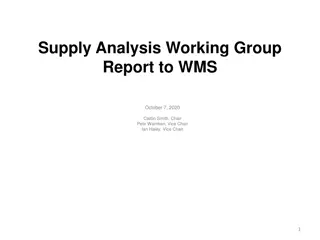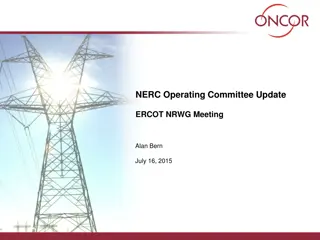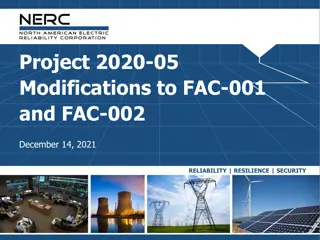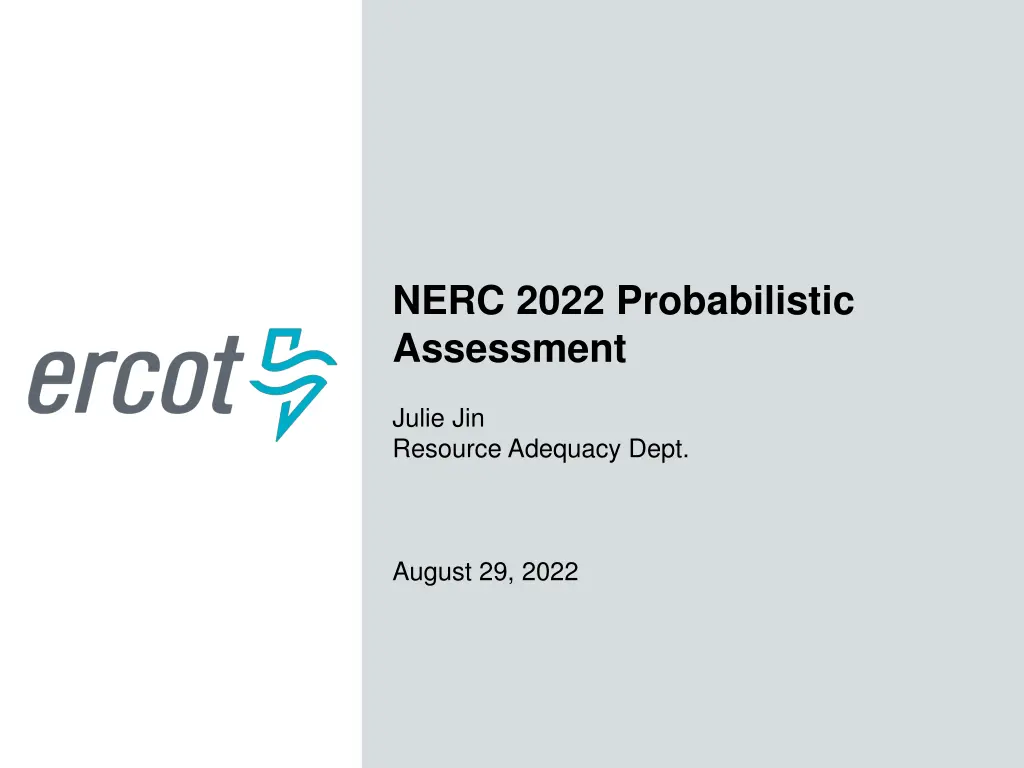
NERC 2022 Probabilistic Assessment: Resource Adequacy Dept. Findings & Analysis
Explore the NERC 2022 probabilistic assessment conducted by Julie Jin in the Resource Adequacy Department. The assessment approach involved using SERVM to simulate scenarios, modeling interconnection topology, and analyzing low temperature and forced outage correlation. Dive into the base case study results and monthly analysis for insights into reserve margins, LOLH hours/year, and more.
Download Presentation

Please find below an Image/Link to download the presentation.
The content on the website is provided AS IS for your information and personal use only. It may not be sold, licensed, or shared on other websites without obtaining consent from the author. If you encounter any issues during the download, it is possible that the publisher has removed the file from their server.
You are allowed to download the files provided on this website for personal or commercial use, subject to the condition that they are used lawfully. All files are the property of their respective owners.
The content on the website is provided AS IS for your information and personal use only. It may not be sold, licensed, or shared on other websites without obtaining consent from the author.
E N D
Presentation Transcript
NERC 2022 Probabilistic Assessment Julie Jin Resource Adequacy Dept. August 29, 2022
Summary of Assessment Approach Use Astrap s SERVM 8760 Hourly Chronological Commitment and Dispatch Model Capture Uncertainty in the Following Variables by simulating many scenarios with multiple iterations Weather (42 years of weather history), 42 years of load shapes, wind profiles and solar profiles Economic Load Forecast Error (distribution of 5 points) Unit Outage Modeling (25 iterations): Multi-state Monte Carlo, and Frequency and Duration External Assistance/DC Ties Optimize planned maintenance for case specific load shape 2 PUBLIC
Modeled Interconnection Topology SPP 5,180 MW 810 MW Entergy (MISO) ERCOT 400 MW Mexico (Coahuila, Nuevo Leon, & Tamaulipas) 3 PUBLIC
Low Temperature and Forced Outage Correlation Unlike last study, additional probabilities were modeled for forced outages at temperatures below 20 F. A linear probability was assigned with an incremental hourly forced outage probability of 1.07% at 0 F down to 0% at 20 F leading to an average of ~9,000 total MW being forced offline at 0 F. The impacts of the new weatherization requirements are not being considered in the temperature outage correlation modeling. 4 PUBLIC
Base Case Study Results Comparison - Annual 2022 ProbA Base Case Summary of Results Reserve Margin (RM) % 2020 ProbA Base Case Summary of Results Reserve Margin (RM) % 2024 45.10% 13.80% 36.90% 2026 44.10% 13.80% 36.10% 2022 19.10% 13.80% 13.70% 2024 15.50% 13.80% 10.30% Anticipated Reference ProbA Forecast Operable Anticipated Reference ProbA Forecast Operable Annual Probabilistic Indices Annual Probabilistic Indices 2024 754.16 1.67 0.21 2026 1,477.51 3.15 0.34 2022 0.44 0 0 2024 12.86 0.03 0.01 EUE (MWh) EUE (ppm) LOLH (hours/year) EUE (MWh) EUE (ppm) LOLH (hours/year) Compared to the results from the 2020 Probabilistic Assessment, LOLH increased from 0.01 to 0.21 for the first study year. The high level of reliability modeled in the summer is contingent on the projected construction of over 20GW solar resources. Higher reserve margin in the 2022 Study, but lower reliability is driven by the surfacing of winter reliability events from increased forced outage rates and low solar reliability contribution in winter. 5 PUBLIC
Base Case Study Results Monthly (1) 2024 LOLH Hours/Year 2026 LOLH Hours/Year EUE MWh EUE MWh Month Month 1 2 3 4 5 6 7 8 9 1 2 3 4 5 6 7 8 9 0.00 0.12 - - - - - 0.00 - - - 0.09 0.21 0.28 0.00 0.16 - - - - - 0.00 0.00 - - 0.18 0.34 1.08 657.30 - - - - - 1.03 0.41 - - 817.69 1,477.51 420.96 - - - - - 0.04 - - - 332.88 754.15 10 11 12 10 11 12 Total Total 6 PUBLIC
Base Case Study Results Monthly (2) Reliability events occur during the winter months in the weather years with extremely low temperatures. The results are driven by the incorporation of additional forced outage risk in the winter. While the projected reserve margin for 2024 is much higher than what was projected in the 2020 ProbA Study, the additional reserves are from solar which does not provide significant winter reliability value. 7 PUBLIC
Questions Julie Jin Julie.Jin@ercot.com Pete Warnken Pete.Warnken@ercot.com PUBLIC 8

